I grew up in a small town in the province of British Columbia. By age 10 I had my first job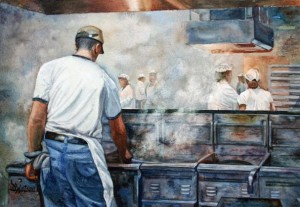 delivering local newspapers. At the time the local McDonald franchise actively recruited nearby high school students, so when I turned the legal working age of 15, I decided to apply. After interviewing and getting the job, I remember being excited to start and had decided I wanted to start in the “Drive Thru” department. I was utterly disappointed on my first day when my manager assigned me to the “prestigious” position of “Fry Guy.” The manager told me I had to work my way up to front counter sales and then work up to Drive Thru as these were the most important positions in the restaurant.
delivering local newspapers. At the time the local McDonald franchise actively recruited nearby high school students, so when I turned the legal working age of 15, I decided to apply. After interviewing and getting the job, I remember being excited to start and had decided I wanted to start in the “Drive Thru” department. I was utterly disappointed on my first day when my manager assigned me to the “prestigious” position of “Fry Guy.” The manager told me I had to work my way up to front counter sales and then work up to Drive Thru as these were the most important positions in the restaurant.
For the next few months I worked 8 hour shifts schlepping fast food for $3.65 an hour and made what felt like thousands of pounds of fries after school and on the weekends. During those months I learned about team work, responsibility, what it takes to run a business, and most importantly a strong work ethic. After almost a year I was promoted to the front counter sales, and then to Drive Thru. I then understood the importance of the front counter sales and the Drive Thru positions at McDonalds, as we had specific sales techniques we had to follow. These techniques are a part of a very valuable business principle that can be applied to sales in almost any industry, including medical devices.
McDonalds trained the counter and Drive Thru sales people in every restaurant around the world that it’s the power of the second sale that drives profitability and success. If you have been to a McDonalds you have noticed the sales representative always asks if you’d like fries and soda with your order, or if you’d like to supersize. You almost never say no! In fact, in a proven study 40% percent of people will say yes. How does purchasing soda and fries determine the success of a company that annually spends millions of dollars on marketing campaigns? As it turns out, the profit margin of a burger is minuscule compared to the profit margin of a soda and fries, and the financial success of the restaurant rode on the back of these two additional food group items that patrons rarely think twice about ordering.
McDonalds marketing campaigns have one main purpose, to get patrons into their restaurants. Once the customer is in a McDonalds, it is up to the sales person the customer interacts with to maximize revenues and profits with every visit. In the medical device industry, think about how hard it is to generate that first sale; it’s similar to McDonalds getting a customer to their restaurant. When a sales person closes the first sale, the second sale becomes easier to obtain, yet not everyone closes the second sale. The problem is sales people often get so excited about the initial sale they are at times oblivious to taking advantage of any additional opportunities.
In any medical device company we can avoid this by being conscious that once the initial sale is made, it’s still imperative we suggest other solutions and value added product offerings. It’s much easier for a prospect to justify the second sale when they recently justified their original decision to buy from us. Looking for additional opportunities in the OR allows you to maximize your time, energy, and effort you just put forth. Think about hard it has become to get in the OR, so when you get there and have a reason to be there, how are you maximizing your selling effectiveness? Next time you’re in the OR between procedures and before you leave the OR, look for those additional opportunities. We all know what our company’s main thing is, but it can’t be the only thing. I am not sure we can directly correlate that suggestive selling will increase our sales in the medical device industry by 40%, but I do know if you don’t ask for an order, you surely won’t get one.








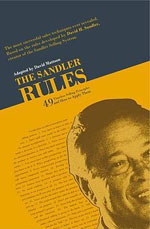
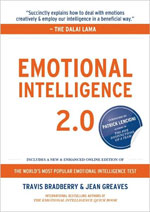
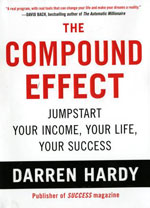

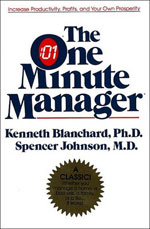


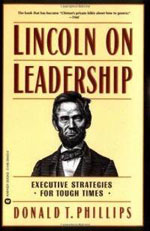
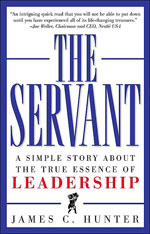
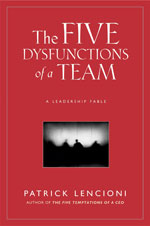
My favourite so far. 🙂